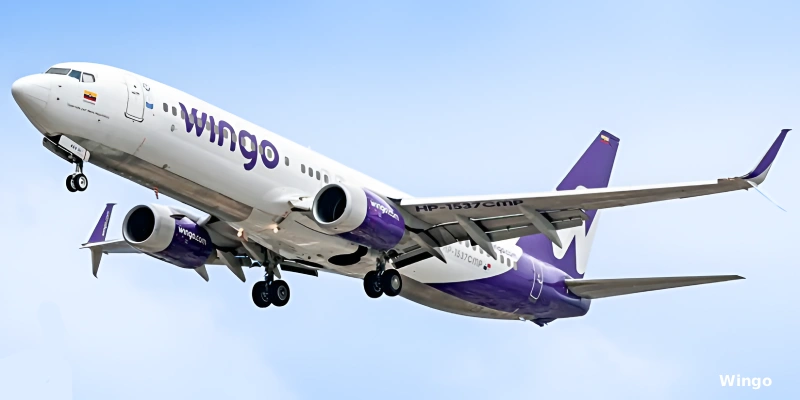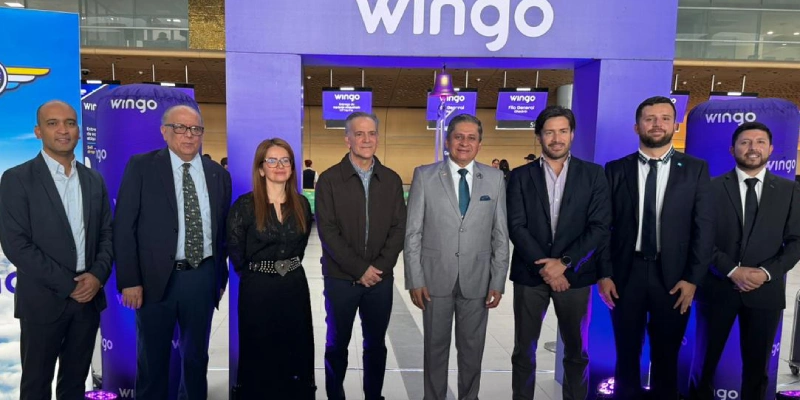Air India has requested that the Indian government intervene with China to allow it to use a sensitive military air zone in Xinjiang. The goal is to shorten international routes and mitigate the economic impact resulting from the closure of Pakistani airspace. This request, revealed in an internal document reviewed by Reuters, comes amid growing financial pressure for the airline.
Repercussions of the Pakistani Airspace Closure
Since diplomatic tensions between India and Pakistan intensified in late April, Indian airlines have been prohibited from flying over Pakistani territory. For Air India, the country’s only airline with a significant international network, this has meant:
- An increase of up to 29% in fuel costs.
- Extensions of up to three hours on some long-haul flights.
- Estimated annual pre-tax losses of $455 million, compared to a fiscal deficit of $439 million for the 2024-25 financial year.
Interest in Xinjiang: An Alternative Route with Risks
The airline proposes using routes that pass over Hotan, Kashgar, and Urumqi in the Xinjiang region to reduce flight times to destinations in the USA, Canada, and Europe. However, this area presents significant challenges:
- It is surrounded by mountains over 6,100 meters high, posing risks in case of depressurization.
- It is part of the Western Theater Command of China’s People’s Liberation Army, hosting advanced military assets and strict airspace control.
- Hotan shares civilian and military operations and has been subject to recent military expansion, according to analyst Damien Symon.
Data from AirNav Radar indicates that no non-Chinese commercial flights have operated in Hotan in the last 12 months.
Operational Impact on Key Routes
The inability to overfly Pakistan has forced Air India to suspend its Delhi-Washington route in August and to reevaluate other connections. Direct routes from Mumbai and Bengaluru to San Francisco have become “unviable,” requiring technical stops in Kolkata and increasing flight time by three hours.
This has led to a loss of competitiveness against foreign airlines. For example, a Lufthansa flight from San Francisco to Mumbai via Munich is only five minutes longer than Air India’s, which has caused a migration of passengers to carriers that can overfly Pakistan.
Projected Benefits of Access via Hotan
Air India estimates that, if the Xinjiang route is approved, it could:
- Significantly reduce additional fuel consumption.
- Recover up to 15% of passenger and cargo capacity on routes like New York-Delhi and Vancouver-Delhi.
- Reduce losses by approximately $1.13 million per week.
Request for Subsidies and Inherited Fiscal Problems
Given the lack of progress in reopening Pakistani airspace, the airline has also requested a “temporary subsidy” from the Indian government. Furthermore, it faces legal complications due to tax liabilities predating its privatization:
- The government had promised compensation for debts incurred prior to the sale to Tata Group in 2022.
- However, notifications have been received for tax obligations amounting to $725 million.
- A confidential government warning in March alerted to “coercive measures,” such as asset freezes, to recover $58 million in a specific case.
Air India states that disputing these tax demands has generated an “additional cash flow burden,” despite the guarantees offered during the divestment process.
This complex scenario highlights the operational, financial, and diplomatic challenges Air India faces in its attempt to maintain its international network and recover its reputation following the Boeing 787 accident, which resulted in 260 fatalities. China’s decision regarding air access over Xinjiang could mark a strategic turning point for the airline.
Related Topics
Wingo Reduces Price of Its Basic Fare by Up to 20% on Bogotá-Caracas Route and Adjusts Conditions
Abra Announces Preliminary Agreement for SKY Airline to Join Group Integrated by Avianca and Gol
Wingo Launches New Direct Route Between Bogotá and Guatemala City
Avianca Launches New Routes from Bogotá to Monterrey and Belém

Plataforma Informativa de Aviación Comercial con 13 años de trayectoria.




